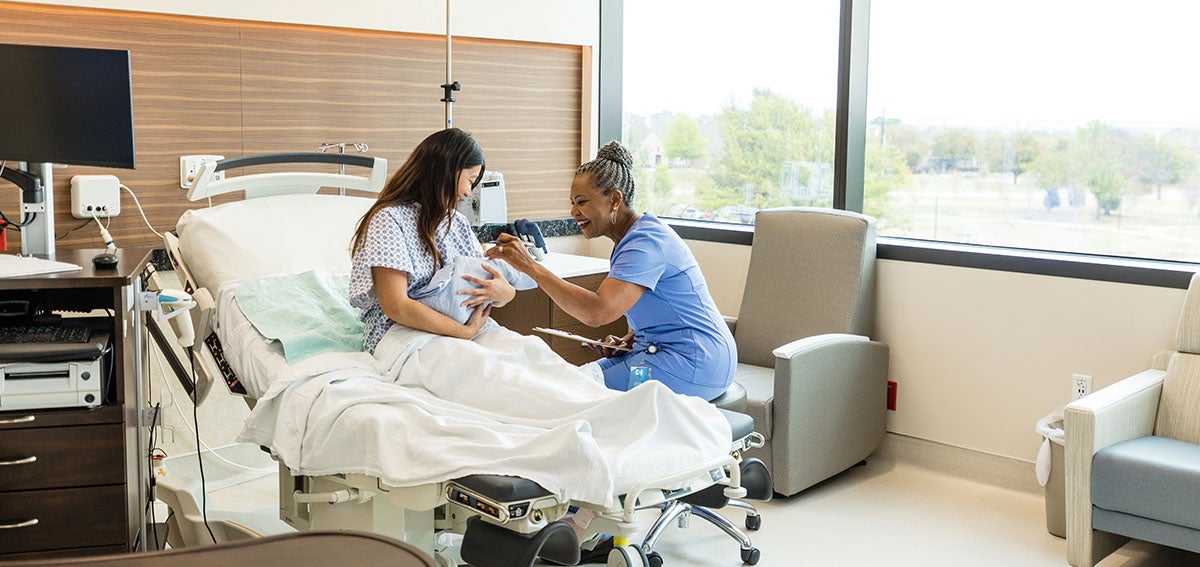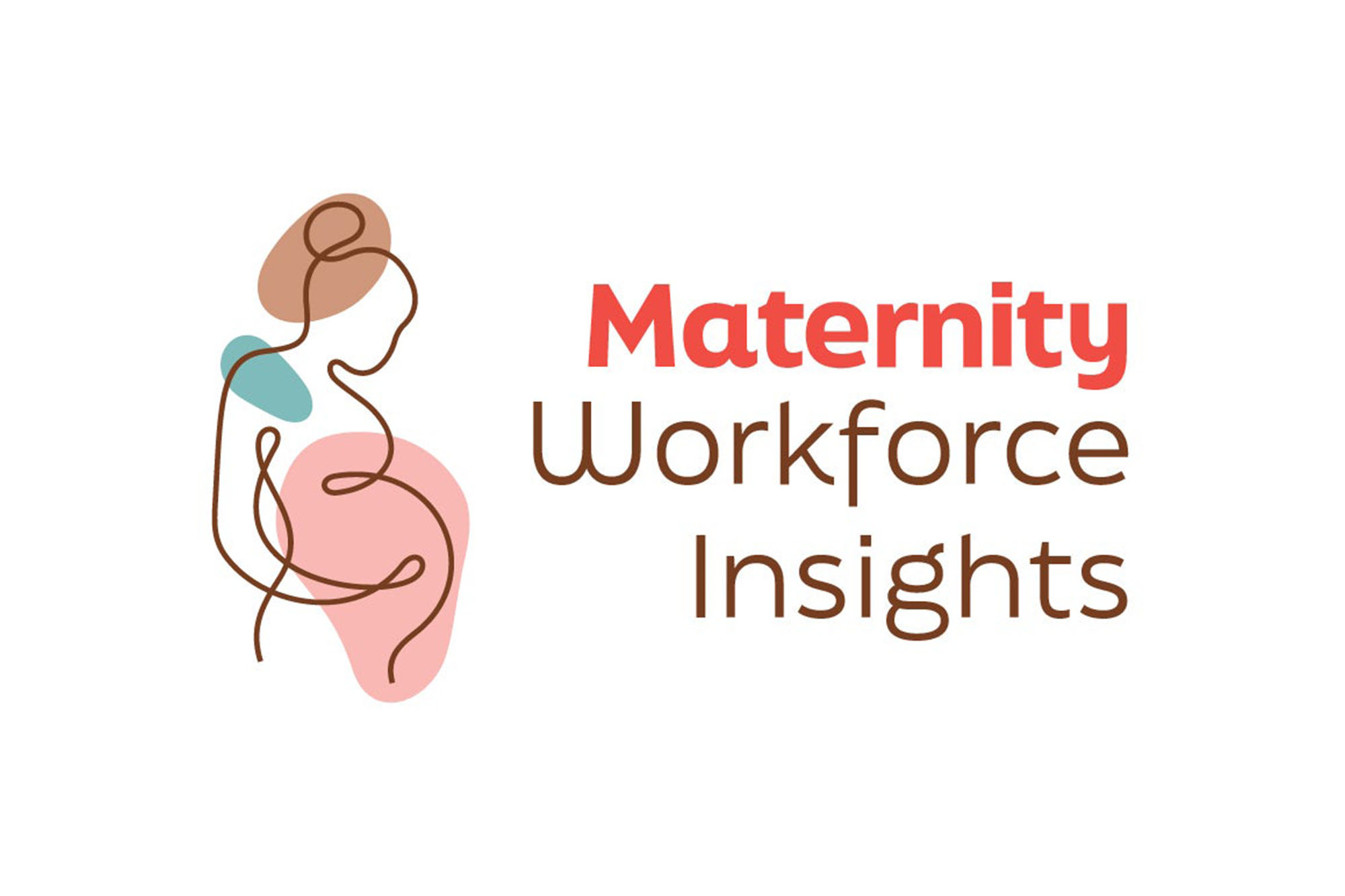

In the last decade, the cesarean section (c-section) rate for low-risk, first-time births has risen by 50% nationwide. While c-sections can be lifesaving in limited circumstances, the surgery involves serious risks for mothers and babies. As common as c-sections for low-risk, first-time births are across the country, they are so frequent in Rapides Parish, Louisiana, that US News & World Report reporter Gaby Galvin is calling it “America’s c-section capital.” Her findings have implications for the continuing efforts to reduce the number of medically unnecessary c-sections.
Galvin’s investigation was published in a recent US News & World Report special report on national, state, county, and hospital c-section rates. In 2017, the latest year for which county-level federal data is available, 47% of low-risk, first-time births in Rapides Parish occurred by c-section. For comparison, the federal Healthy People 2020 goal for low-risk, first-time c-section deliveries is 23.9%. Experts agree that decreasing low-risk, first-time c-sections (henceforth referred to as “low-risk c-sections”) is a good way to safely lower overall c-section rates.
Lowering the rate of low-risk c-sections can be challenging. Many factors — including insurance type, the mother’s race, and the hospital where the delivery takes place — contribute to the likelihood that a mother will undergo a c-section. Jill Arnold, executive director of the Maternal Safety Foundation, told Galvin the rate is often driven by a hospital’s culture.
Pooja Mehta, MD, the former chief clinical innovation officer of Louisiana’s Medicaid program and medical director of the Louisiana Perinatal Quality Collaborative, agreed. “When you look at the national data,” she told Galvin, “you can see clearly that the primary source of variation in c-section rates tends to be the hospital.”
In fact, Neel Shah, MD, MPP, assistant professor of obstetrics, gynecology, and reproductive biology at Harvard Medical School and director of the Delivery Decisions Initiative at Harvard’s Ariadne Labs, pointed out that overall c-section rates vary from 7% to 70% among American hospitals. The variation for low-risk c-sections is even greater. “Rather than being driven by personal preferences or medical needs, this appears to suggest that the likelihood of getting a cesarean is largely driven by the choice of hospitals,” Shah wrote in an editorial accompanying the special report.
What Gets Measured Gets Managed
The wide hospital variation suggests that data reporting holds hospitals and health plans accountable for quality improvement in maternity care and helps avert low-risk c-sections. Galvin reported that the Louisiana Perinatal Quality Collaborative, an initiative of the Louisiana Commission on Perinatal Care and Prevention of Infant Mortality, requires participating hospitals to disclose data on low-risk c-sections. Thirty-five hospitals have voluntarily joined the collaborative. Additionally, Louisiana’s Medicaid managed care plans are required to report low-risk c-section data to the state.
California has similar initiatives to increase transparency around maternity measures. Hospital-level metrics are publicly available at the performance reporting website Cal Hospital Compare, which is run by a multistakeholder nonprofit entity. In 2018, Covered California, the state’s health exchange under the Affordable Care Act, gave hospitals until the end of 2019 to meet targets for safety and quality, including the voluntary ceiling of 23.9% for low-risk c-section births. “We’ve told health plans that by the end of 2019 we want networks to only include hospitals that have achieved the target,” Lance Lang, MD, chief medical officer for Covered California, told KQED reporter April Dembosky.
UPDATE — October 1, 2019: Lang told CHCF via Twitter that Covered California has extended the deadline to year-end 2020.
Covered California, the state’s health insurance exchange, gave hospitals until the end of 2019 to meet targets for safety and quality, including a voluntary ceiling of 23.9% for low-risk c-section births.
As Galvin reported in a separate article in the US News & World Report special report, California has taken a multipronged approach to lowering the rate of low-risk c-sections. The California Maternal Quality Care Collaborative (CMQCC), founded in 2006 by Stanford University and state officials, engages stakeholders in its work to support vaginal birth. Elliott Main, MD, medical director of CMQCC, told Galvin that California has embraced “pushing all the buttons at once: working with patients, working directly with physicians, hospitals, health plans, and the state public health department.”
The collaborative’s c-section toolkit addresses hospital culture by educating maternity care providers to support intended vaginal birth and use data to reduce c-sections. Hospitals can opt to report information to the collaborative’s Maternal Data Center, which gives clinicians current perinatal performance metrics and benchmarking data. More than 200 California hospitals voluntarily participate.
New Payment Model May Improve Quality
At the health plan level, some are experimenting with a new payment model that bundles “physician payments for maternity care into a single flat fee that covers all care and procedures,” Carmen Heredia Rodriguez reported for NPR. Proponents of bundled payments hope the model will improve the quality of maternity care and cut health care costs. The Pacific Business Group on Health found that the rate of low-risk c-sections decreased by nearly 20% in less than one year among three Southern California hospitals that tested bundled payments for births in 2014 and also engaged in intense quality improvement work with CMQCC.
However, the payment model has not been successful in all tests. “In Ohio, where the Medicaid program covered complicated pregnancies as well as those that were low-risk, bundling payments into a lump sum for ob-gyns cost the state more than expected,” Heredia Rodriguez wrote.
Some health care experts worry that bundled payments may discourage team-based care or require medical practices to build costly data systems to handle bundled payments. Many existing systems aren’t compatible with the new payment structure. Blair Barrett Dudley, a senior manager at the Pacific Business Group on Health, told Heredia Rodriguez that insurers and health plans need access to real-time data to ensure they are meeting the model’s quality measures.
Raising Awareness of Birth Matters
In the meantime, the health care community can empower expectant parents with data and resources. “For some Americans, particularly those with generous health insurance and those who live in or close to cities, being aware of the wide differences in cesarean rates may be helpful in deciding where to go or not go for care,” Shah wrote. But “many Americans do not have a choice. There may only be one hospital within reasonable driving distance that delivers babies. There may be only one hospital that is affordable. Even in these cases, knowing the hospital cesarean rate is helpful.”
Listening to the childbirth wishes of women is key to improving maternity care in California, according to a survey conducted by the National Partnership for Women & Families.
Californians can use Cal Hospital Compare for information on c-section rates, and the same data are available on Yelp. The My Birth Matters campaign, launched in 2018 by CHCF, Consumer Reports, and CMQCC, provides expectant parents with information about c-sections and encourages meaningful conversations with their care teams about childbirth preferences. The communications toolkit includes resources in English, Arabic, Chinese, Farsi, Spanish, Tagalog, and Vietnamese.
Listening to the childbirth wishes of women is key to improving maternity care in California, according to a survey conducted by the National Partnership for Women & Families with support from CHCF and the Yellow Chair Foundation. Listening to Mothers in California, published last year, found that 74% of Californian mothers agree that providers should not intercede in a childbirth unless medically necessary, yet only 5% gave birth with no medical intervention. One in three California women overall and more than one in four with low-risk pregnancies gave birth by c-section. Racial disparities in c-sections persist: 42% of Black women gave birth by c-section, compared to 31% of Latina and Asian / Pacific Islander women and 29% of white women.
Said Stephanie Teleki, PhD, director of learning and impact at CHCF: “We know what works with childbirth in this country — we just aren’t doing it.”
Authors & Contributors






